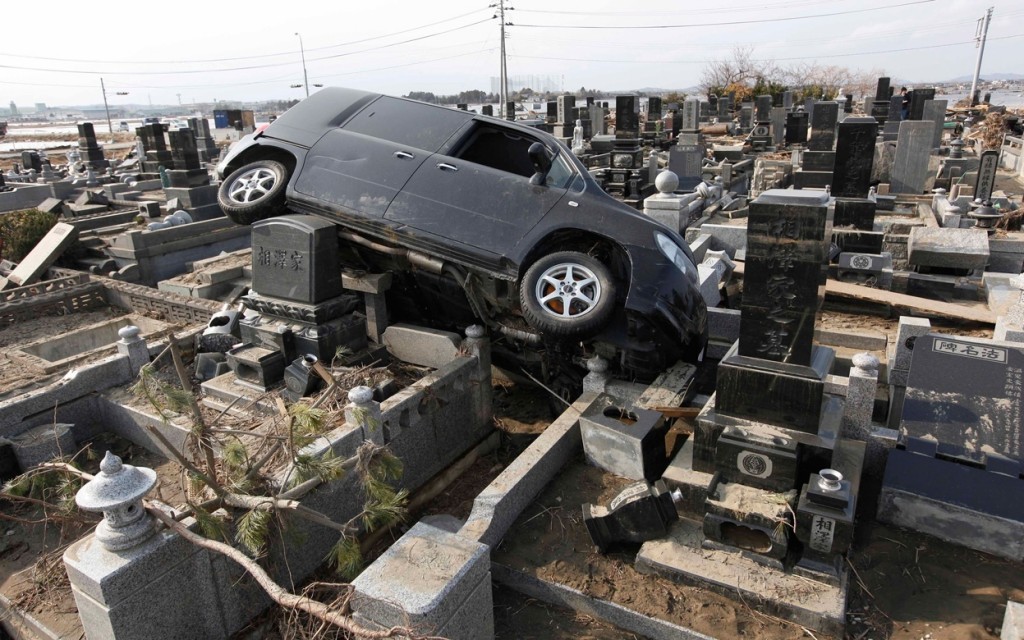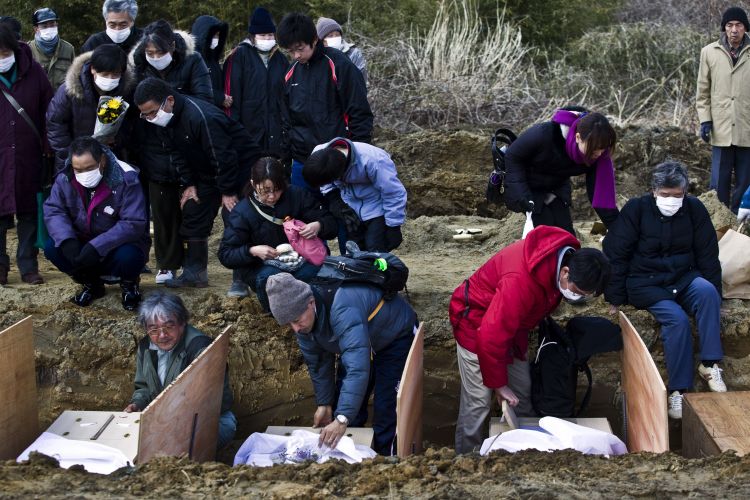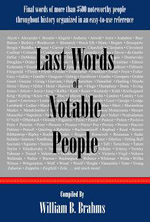Up to 1,000 Bodies Left Untouched Near Troubled Nuke Plant
Kyodo News (March 31, 2011)
I started this new post on the aftermath in Japan before today’s announcement that another earthquake had hit the country and that a potential tsunami was forecast. These most recent events will only compound Japan’s problems but they also contribute to a large post-disaster narrative: Japan is dealing with scenarious that have only ever been imagined on paper. Everything that has happened is an unbelievable list of ‘What If’s.’
What if:
- There’s an unexpected and violent earthquake which strikes in an area that not many seismologists predict.
- The unexpected earthquake is then followed by an unprecedented and completely destructive three stories tall tsunami wave.
- All of these events then lead to massive infrastructure collapse which then cause half-a-dozen nuclear power reactors to either shut down or go into meltdown.
- Leading to an unprecedented battle between a small group of Japanese engineers attempting to control the nuclear meltdown and exposing themselves to ultimately fatal levels of radiation. This last point is pure speculation but it is difficult to imagine anything else happening.
- Every single one of these different but related events leads to the creation of a large nuclear radiation exclusion zone and means that a 1,000+ bodies are left in that exclusion zone because it is too dangerous to retrieve the human remains.
It is difficult to think of another multiple level disaster on this scale. The only examples that I have come across are Hiroshima and Nagasaki.
The article at the top of the page discusses the dead bodies left within the radiation exclusion zone. This is a story that I’m particularly interested in following, since the funereal practices normally practiced in Japan have already been thrown into disarray. I wrote about that situation here.
This LA Times article captures the ongoing postmortem crisis many next-of-kin are facing.
Shoichi Nakamura is having trouble sleeping and eating. Her brother, sister-in-law and their child have been missing for more than a week. She’s been to three evacuation centers and pored over countless lists at disaster centers.
That’s left her with a dilemma she shares with a growing number of Japanese in the wake of the March 11 earthquake and tsunami: When do you give up hope that your relatives are alive? And how do you mark a death in tradition-bound Japan without a body to cremate?
These photos in the National Journal visually capture all of these dilemmas. The images of destroyed cemeteries and mass burials are particularly jarring.
I have one final comment, and it’s about the February earthquake in New Zealand. The Guardian ran the following article last week: New Zealand’s chief coroner says some of those killed during earthquake may never be identified.
It seems likely that some (possibly many) dead bodies in Japan will not be identified for a long time to come. It may take months, if not years, before the irradiated remains can be safely recovered and handled.
I mention all this because if there is any country in the world that will do everything it can to identify the dead, it is Japan.




